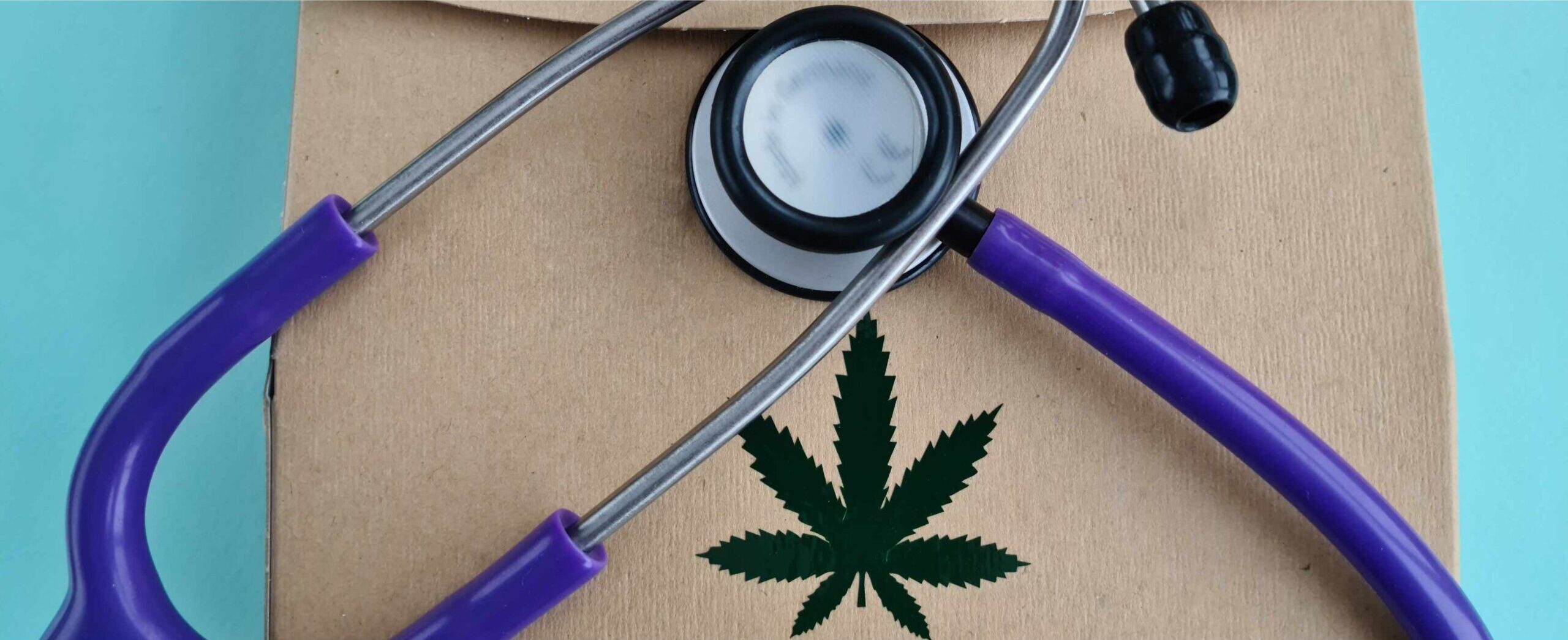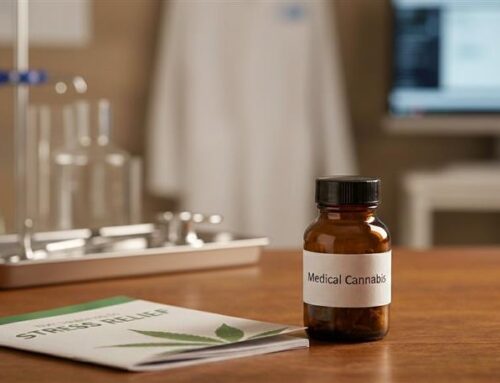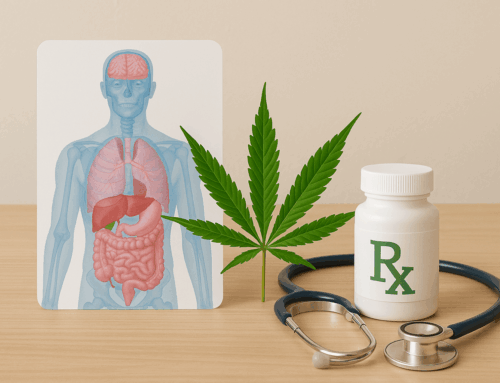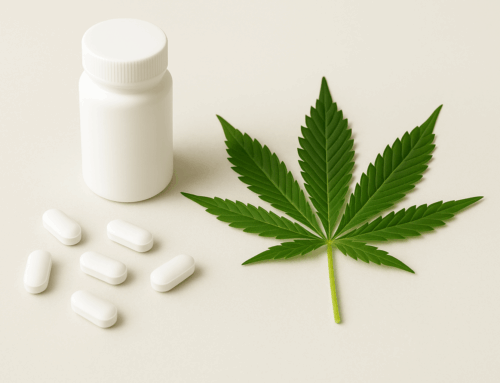Among other cerebral palsy disorders, one of the most critical is spastic quadriplegia. It is a subdivision of spastic cerebral palsy that afflicts almost the entire body, including arms, legs, face, and torso. This acute disorder also makes the muscles stiff, along with awkward and jerky body motions. Most kids with this form of cerebral palsy cannot walk and have other developmental disorders. Some individuals explore alternative therapies, such as Medical Marijuana for Spastic Quadriplegia, which may help manage symptoms and improve quality of life.
Affected by this spastic paralysis, individuals also grow the inability to control the particular movements of their arms, hands, legs, or feet. This type of symptom is also called ataxia. Again, the patient also has a loss of motor control. Kids affected with spastic cerebral palsy typically cannot walk and possibly grows multiple allied conditions including seizures, or speech problems. Among the best alternative treatments available such as Medical Marijuana for Spastic Quadriplegia, medical marijuana proves to be effective in recent years.
What Is Spastic Quadriplegia and it’s Symptoms?
One of the rare and acute types of cerebral palsy is spastic quadriplegia which afflicts the central nervous system of the body along with the muscles. It is triggered by damage to the spinal cord or brain, typically happening before or at birth. Patients affected with spastic paralysis experience acute muscle stiffness or spasticity that hampers the body’s coordination and movement. Resultantly, it affects the capability to execute daily tasks including talking and walking. Some of the symptoms are speech and hearing complications, flawed vision, and also cognitive disorders. The severity of the symptoms can be mild to acute and even life-threatening for the patients. Some persons might only experience mild stiffness in the muscles, while others can be fully paralyzed and forced to remain motionless. With such severe conditions, the patients can also find it highly challenging to control their bowels and bladder. Some of the common signs and symptoms of spastic paralysis include:
- Trouble with standing, controlling arms and legs, and walking, poor body condition owing to muscle stiffness,
- Abnormal body posture,
- Seizures,
- Excessive reflex response to a nerve stimulus, also known as Hyperreflexia,
- Problems with swallowing and speaking, including stuttering or speech repetition
- Challenges to control bladder and bowel actions,
- Pain with stiffness in the muscles or spasticity,
- Permanent inflexibility in the joints owing to muscular spasms, also called contractures,
- Heightened sensitivity to sound, light, and touch,
- Sleep disorders,
- Cognitive slowdown in a few cases
How Medical Marijuana Mitigates The Symptoms Of Spastic Quadriplegia?
Spastic quadriplegia is a highly critical form of cerebral palsy caused by abnormal brain growth of triggers spasms, involuntary motions, and imperfect body coordination. Patients afflicted by this disorder experience impairments in walking, eating, speaking, and executing other routine pursuits of their lives. Studies indicate that medical marijuana may assist to minimize the symptoms of spastic paralysis, including pain, stiffness, spasms of the muscles, anxiety, sleep disorders, seizes, and cognitive challenges. Most US states these days allow the use of medical marijuana for treating pain and muscle spasms. Among these, Louisiana is the only state that permits the application of medical cannabis for specifically treating spastic quadriplegia without consulting a physician. Research pronounced in the Journal of Pediatric Neurology substantiated that medical marijuana alleviated muscle spasms and promoted life quality for kids having acute intricate motor ailments, including spastic cerebral palsy.
Medical Marijuana for Spastic Quadriplegia
In medical cannabis, nabiximols, a cannabinoid medicine considerably reduced spasticity in patients with multiple sclerosis. This is specifically relevant to spastic paralysis patients, as multiple sclerosis shows identical spasticity symptoms of cerebral palsy. Thus, using medical marijuana, muscle stiffness, pains, and spasms can be reduced, resulting in better routine operations and overall comfort for patients with spastic quadriplegia. Again, the American Journal of Physical Medical Rehabilitation established the potentiality of medical marijuana for soothing pain in patients with spastic quadriplegia. Albeit, more information is required, some studies formulated the use of medical marijuana for reducing the symptoms of spastic quadriplegia, owing to its multiple healing benefits.
Moreover, 2007 clinical and animal studies established that the active composition in medical marijuana assisted in controlling partial seizures often noticed in patients with spastic quadriplegia. Now, sleep disorders are common in patients with cerebral palsy, affecting around 25% of adults. The use of medical marijuana has been shown to promote the quality of sleep in spastic quadriplegia patients with neurological disorders and acute pain. Medical cannabis also might be healing for patients with Traumatic brain injury (TBI) symptoms of muscle spasms and chronic pain. However, further research is required to be carried out to gain better remedy for using medical marijuana in treating patients with TBI. Among other alternative treatments available for reducing the symptoms of spastic quadriplegia, medical marijuana helps to deliver better remedial results. With marijuana getting legalized for healing purposes, treating spastic cerebral palsy with medical cannabis is also gaining credence.
What Are The Best Methods Of Treating Spastic Cerebral Palsy Using Medical Marijuana?
Eatables :- Consuming medical marijuana in the form of eatables can be a simple choice for patients with spastic quadriplegia. Medical cannabis can be found in brownies, cookies, or gummy bears. Nevertheless, such edibles must take some time to show effects, owing to their proper digestion. Patients can procure seeds of medical marijuana from well-known suppliers, and even grow plants at their homes, using them as eatables once the crop matures. It is highly recommended to keep them away from the reach of kids and pets.
Smoking and Vaping :- Smoking marijuana can deliver prompt relief virtually. Nevertheless, smoking habits and the unpleasant smell of drugs are not preferable by many individuals. Besides, it can be unhealthy for the lungs as well. Unlike smoking, vaping triggers less harm and no strong odor. However, it can be more costly and needs to be recharged frequently, as well as warm-up time.
Sprays :- Moreover, medical marijuana treatment can be obtained in the form of saturated sprays available in discrete flavors. Such cannabis-infused sprays can be used as a quick sprinkle under the tongue, and get spread into the bloodstream via the tissues and evading the digestive tract. This treatment offers expedited healing results.
Tinctures :- Again, cannabis tinctures or alcohol-based extracts can also be used as a few drops under the tongue. When the spastic quadriplegia patient is having issues with other treatments, ingesting medical marijuana directly as tinctures mixed with foods, including juices, soups, mashed potatoes, and more can be helpful.
The Bottom Line
The alternative treatment of using medical marijuana can thus be a great option to alleviate symptoms for patients with spastic quadriplegia disorder. Functioning as a muscle relaxation agent, cannabis also offers superb anti-inflammatory attributes. To this date, most states in the US have approved medical marijuana for treating spastic cerebral palsy and its symptoms of pain, insomnia, muscle spasms, and seizures.
Improve your quality of life by taking the best advice from our panel of licensed doctors in suitably treating spastic paralysis disorders with medical cannabis. Nevertheless, treating the symptoms of spastic quadriplegia is just beginning, but it has not been proven with clear benefits. However such treatments are promising depending on the prevailing marijuana remedial research for identical symptoms and conditions.
FAQ
What are the symptoms of quadriplegia?
Quadriplegia causes paralysis of all four limbs and sometimes the torso. Symptoms include loss of movement and sensation below the injury, difficulty with bladder/bowel control, impaired breathing (if the injury is high in the neck), and potential muscle stiffness or flaccidity. Secondary complications may include chronic pain, pressure sores, and muscle atrophy.
What is the difference between quadriplegia and spastic quadriplegia?
Quadriplegia refers to paralysis of all four limbs (and sometimes the torso) caused by spinal cord or brain injury. Spastic quadriplegia is a specific form of quadriplegia where muscle stiffness (spasticity) is a dominant feature, often caused by conditions like cerebral palsy. Spastic quadriplegia involves involuntary muscle contractions, which can make movement rigid and challenging.
Can people with spastic quadriplegia walk?
Walking ability depends on the severity of spastic quadriplegia. In most cases, individuals with severe spastic quadriplegia are unable to walk due to significant muscle stiffness and motor control issues. However, some with milder forms and intensive therapy may achieve limited mobility or walking with assistance or aids.
What is the difference between quadriplegia and tetraplegia?
There is no difference between quadriplegia and tetraplegia—they are two terms for the same condition. "Quadriplegia" is more commonly used in American English, while "tetraplegia" is derived from Greek roots and is often used in British English. Both refer to paralysis of all four limbs.
Can you get a medical marijuana card online in Mississippi?
Yes, we can help you get a medical marijuana card online in Mississippi through EZMedCard. Our service connects you with certified physicians who evaluate your eligibility via telehealth. Once approved, we guide you through completing your application with the Mississippi State Department of Health quickly and easily.
How hard is it to get a medical marijuana card in Massachusetts?





